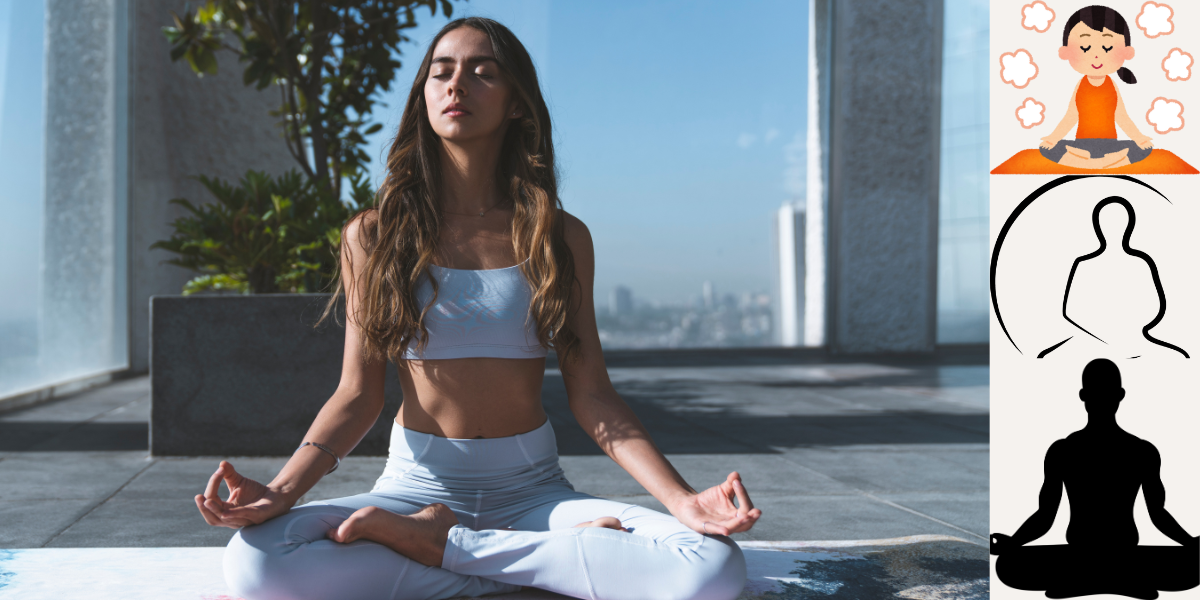1. Focused Breathing: Anchor in the Present
The cornerstone of mindful meditation is conscious breathing. Sit comfortably, close your eyes, and direct your attention to the natural rhythm of your breath. Feel each inhale and exhale without trying to control it. When thoughts arise—as they will—acknowledge them and return your focus to breathing. This simple yet powerful practice cultivates awareness and reduces anxiety. It trains the mind to remain centered rather than distracted. You can practice for as little as five minutes a day and still gain measurable benefits. Focused breathing is a go-to technique for beginners and seasoned meditators alike.
2. Body Scan Meditation: Tune into Sensation
This technique promotes mindfulness by heightening bodily awareness. Begin by lying down or sitting still, then slowly shift your focus from the crown of your head to the tips of your toes. As your attention moves down the body, observe physical sensations—tension, warmth, tingling—without judgment. This practice helps release pent-up stress and grounds you in the present moment. It also encourages a deeper connection with your physical self, which many overlook in today’s fast-paced world. Body scan meditations can be especially helpful before sleep, preparing both the mind and body for restful relaxation.
3. Observing Thoughts: Cultivate Mental Clarity
Rather than suppressing your thoughts, mindfulness encourages watching them as if they were clouds floating across the sky. Sit quietly and become a witness to your inner monologue. Don’t react or engage—just notice. You might find patterns or recurring themes, shedding light on emotional triggers. This technique increases self-awareness and reduces over-identification with thoughts, which is key in managing stress and anxiety. It allows you to gain distance from unhelpful thinking and cultivate a more grounded, calm mindset. Regular practice fosters detachment from mental clutter and strengthens emotional resilience.
4. Walking Meditation: Movement with Purpose
Mindful walking turns a routine activity into a meditative experience. With each step, bring awareness to your footfall, breath, and the sensations around you—the wind, smells, or ground beneath your feet. Walk slowly, deliberately, and without distractions. This is especially beneficial for those who find sitting still challenging. Incorporating walking meditation into your daily routine—during a break or evening stroll—can refresh your mind and body. It bridges the gap between meditation and movement, helping integrate mindfulness into daily life. Over time, you’ll find calm and awareness in every step.
5. Loving-Kindness Meditation: Nurture Compassion
Also known as “Metta,” loving-kindness meditation directs goodwill and positive energy inward and outward. Begin by cultivating kindness toward yourself, then extend those feelings to others—loved ones, acquaintances, even people you find difficult. Silently repeat phrases like “May I be happy, may I be healthy.” As you progress, include others in your wishes. This technique fosters empathy, reduces negative bias, and promotes emotional healing. Regular practice can soften the heart and improve relationships. It’s especially powerful during times of emotional turbulence or when grappling with self-doubt, anchoring your practice in compassion.



